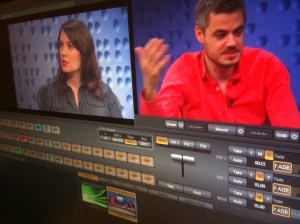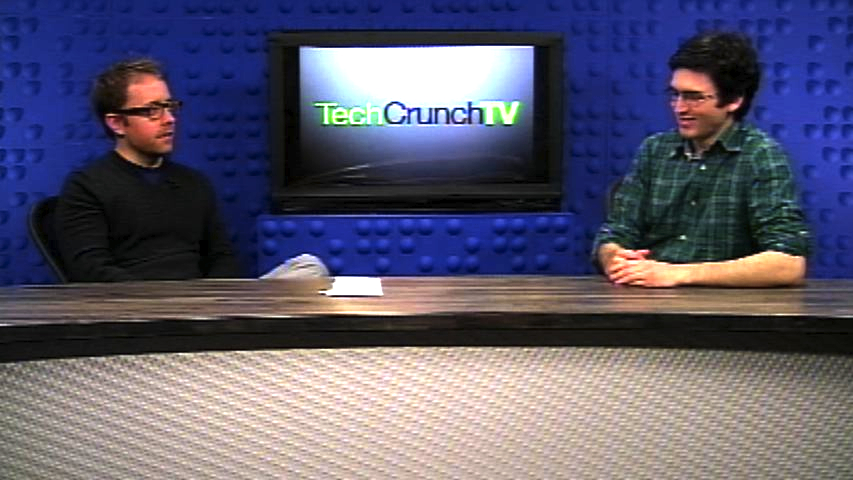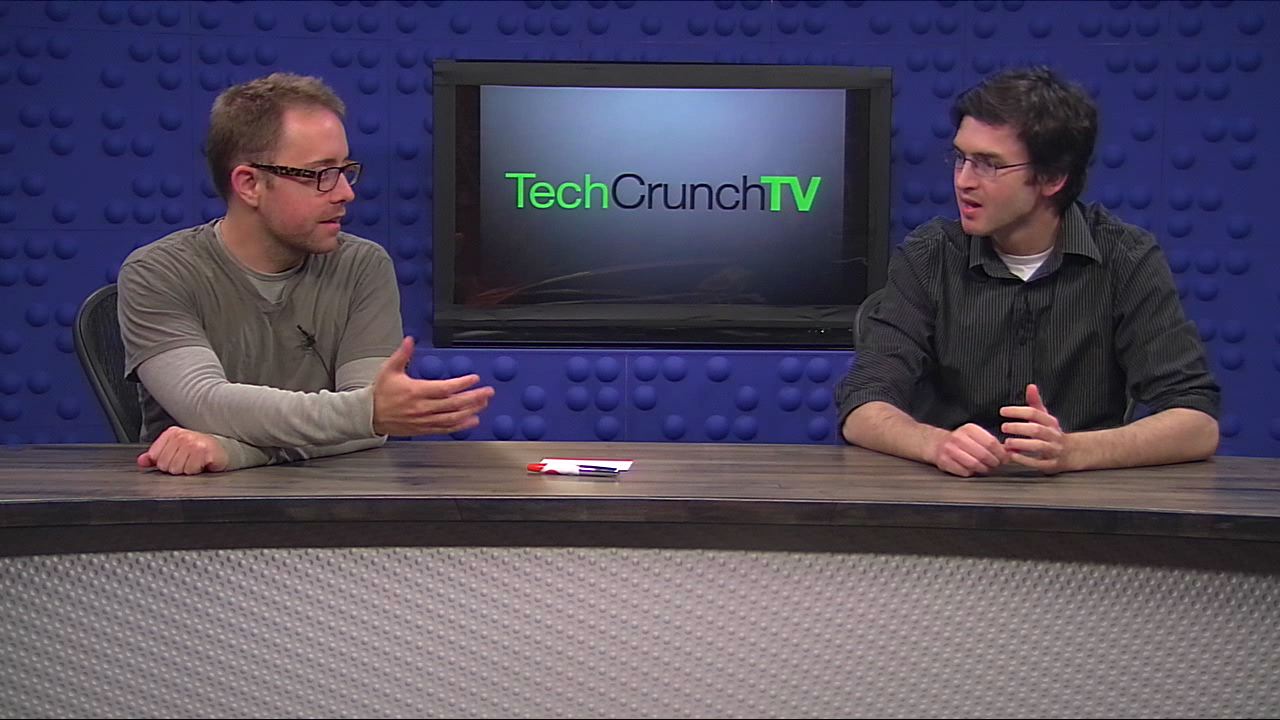 If you have been watching TechCrunch TV interviews lately, you may have noticed the videos are much sharper, crisper and much higher quality. The reason: we’ve gone HD. We are now using a new workflow with HD cameras and HD video switcher. Our shows from New York (Fly or Die and Founder Stories) have always been produced in HD at AOL Studios. But, now our San Francisco studio has gotten the upgrade.
If you have been watching TechCrunch TV interviews lately, you may have noticed the videos are much sharper, crisper and much higher quality. The reason: we’ve gone HD. We are now using a new workflow with HD cameras and HD video switcher. Our shows from New York (Fly or Die and Founder Stories) have always been produced in HD at AOL Studios. But, now our San Francisco studio has gotten the upgrade.
You might be saying, “Wait a minute, high definition today means 720 or 1080 lines of resolution. I’m only watching the videos on a smaller-than-HD window on the TechCrunch website or smartphone. That’s not HD, so what’s the point.” Well, there is a big point.
It’s true most of our viewers don’t watch on HD size displays. You can watch in HD resolution on a monitor by clicking the fullscreen button ![]() in the player. But even on smaller displays, the image quality is much better. It’s partly a case of GIGO – garbage in, garbage out. Starting with the highest quality images will get the best end result after all the encodings, decodings, and scaling – which also needs to be kept to the minimum.
in the player. But even on smaller displays, the image quality is much better. It’s partly a case of GIGO – garbage in, garbage out. Starting with the highest quality images will get the best end result after all the encodings, decodings, and scaling – which also needs to be kept to the minimum.
For cameras, we use 3 robotic Panasonic AW-HE50’s. These cameras, introduced last summer, look like those security cameras in the ceiling. But, we have them mounted on tripods at eye level. They are not very intimidating to guests. We control them with a robotic camera controller, which allows us to store shots and make changes remotely.
We’ve chosen to use the cameras in 720p mode (for you video techies, the cameras output this via HD-SDI). Our programming is mostly viewed on computers or mobile devices with progressive displays so this mode works well. The cameras also offers 1080i and 480i outputs. Before getting our HD switcher, we used the 480i output in a DV timeline and the image quality was poor. But, shooting, switching and editing in HD mode has solved this.
Below is a screenshot using the SD 480i and DV timeline

And here’s a screenshot using 720p mode, HD switcher and HD timeline
Our production switcher is Newtek’s TriCaster TCXD850. The same model, launched last year, was used to produce the Facebook Live townhall with President Obama, MTV’s MVA red carpet show, ESPN’s X Games and many other sporting events. We bring in our HD camera inputs, add name or other graphics, and can do double-box graphic effects to put multiple sources on the screen at once.
We also input multiple Skype video sources into the switcher, so we can do multi-box interviews with anyone with a Skype connection and a webcam. Many cameras used for Skype output a 4:3 image. But, we can use the switcher to keep the image at 4:3, and put it over a background using the ‘virtual input feature’ that fills our 16:9 screen, so guests don’t get stretched.
The TriCaster also runs Adobe’s Flash Media Live Encoder, so with one button we can launch a live stream to our Ustream channel.
We record our studio segments on the TriCaster’s hard drive. From there, we render it in a format that works in Final Cut Pro, then transfer the file over our network to another computer for editing. After editing, we encode and upload a h.264 file to Ooyala, which makes multiple versions of the file for different bandwidths and player size. For playback, Ooyala uses adaptive bit rate streaming to dynamically select the highest quality stream to send to each viewer. You won’t get the highest quality feed if you don’t have the bandwidth for it.
While we’ve gone HD, the most important thing for us is our editorial content. If we have something our readers and viewers would be interested in, as long as you can see it, hear it, and aren’t distracted by the technical issues, we’ll bring it to you no matter what it’s captured with.
Much of our field shoots are done with Panasonic HVX200a cameras. We’ve also used iPhone cameras, Skype webcams, point-and-shoot digital cameras that record video, and DSLRs like the Canon 7Ds to capture our videos. Arrington even bought us some Barbie Video Girl cameras, which shoot with an impressive 320×240 image. That might have been called very high definition in the 1930s, when television systems used as few as 30 lines of resolution. Watch this fun video on how the Barbie-cam stacks up to the 7D.